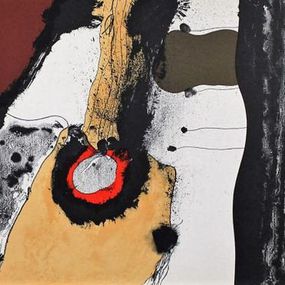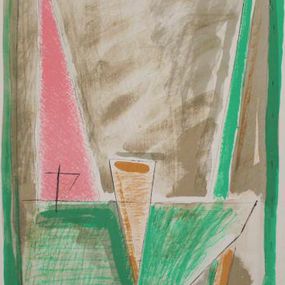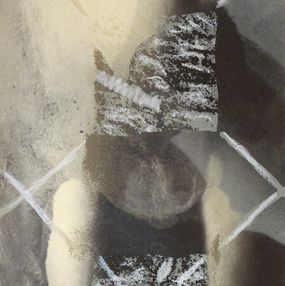
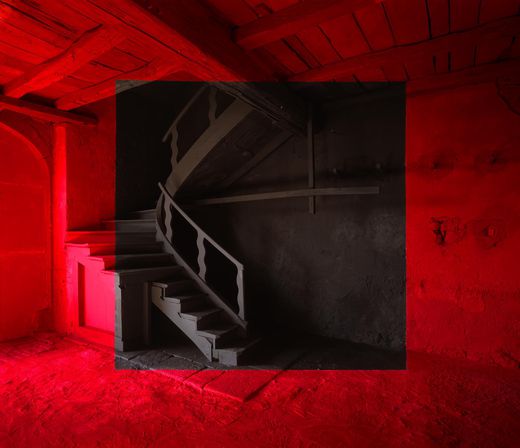
I create ephemeral spaces, suspended between reality and illusion.
Biography
Georges Rousse was born in 1947 in Paris, which is where he currently lives and works. While still a medical student, Georges Rousse decided to fully devote himself to photography. After having explored the diverse forms of the medium –in particular architectural photography— his passion pushed him towards an artistic practice in the footsteps of the great American Masters: Stieglitz, Weston, and Adams. Drawing inspiration from Land Art to intervene in the photographic field and Malevich's “Black Square" to manipulate space with painting, Rousse's evocative work has remained in the contemporary photographic landscape since the beginning of the 1980s. He has not stopped since.
In a new manner, Georges Rousse assembles painting, sculpture, and architecture with photography in order to transform real places – most often those destined to be destroyed. For several days, he checks into empty buildings, choosing spaces for their architectonic qualities and lighting, and transforms them into an another space, a fictional, utopian space, depending on his artistic preoccupations, his imagination, as well as his relations to the country and its literature and culture.
Unfolding, shattering into the physical space, the forms that Rousse paints, draws, and builds reconstruct themselves into exact and legible images when regarded from a specific point of view: the point which renders the large-scale photographs that he displays. In creating a new space, a fusion of existing and fictive space, these enigmatic pieces upturn our beliefs and perceptual habits. However, they go beyond simple optical illusions. For Rousse, the process of creating such a work is a metaphysical experience. Through his lens, he projects his world view, his imaginary space into that which already exists. Here, the camera allows for the artist's dream to materialize and invites us to discover “another time and another space." The photographic image is at once a memory of place, of its history, and its transformation by the artist.
Nationality
Categories
Themes
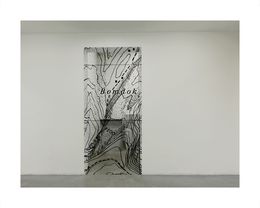





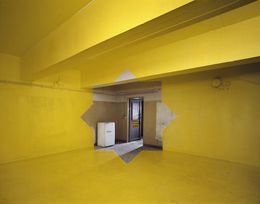


Georges Rousse
Fine Art Drawings - 57 x 76 x 4 cm Fine Art Drawings - 22.4 x 29.9 x 1.6 inch
Sold

Georges Rousse
Fine Art Drawings - 57 x 76 x 4 cm Fine Art Drawings - 22.4 x 29.9 x 1.6 inch
Sold

Georges Rousse
Fine Art Drawings - 50 x 64 x 4 cm Fine Art Drawings - 19.7 x 25.2 x 1.6 inch
Sold

Georges Rousse
Fine Art Drawings - 28 x 42 x 4 cm Fine Art Drawings - 11 x 16.5 x 1.6 inch
Sold
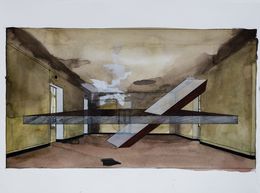
Georges Rousse
Fine Art Drawings - 42 x 56 x 4 cm Fine Art Drawings - 16.5 x 22 x 1.6 inch
Sold





